The metaverse is struggling. This is not the conclusion suggested by the terrific marketing videos, rosy market research reports, and endless hype promoting it. But the metaverse is indeed struggling. Let’s look at why and what steps can be taken to give it a jump-start.
The promise
“According to Mark Zuckerberg,” Mashable reports, “mankind will migrate into the metaverse in the future, leaving reality behind for a world that we create and govern entirely. He claims that there will come a moment when virtual worlds are so absorbing and handy that we will not want to leave, at which point the metaverse will emerge.”

The metaverse will be everything we have dreamed of and more. It will be a great-than-reality universe with infinite possibilities, just as portrayed in the movies, only better. We will be able to be anything we want to be in awe-inspiring places that exceed the beauty of the world we know. The metaverse will fill our lives with absorbing activities and exciting thrills. It will unlock our true potential and bring personal Zen whenever we need it.
In fact, it is happening right now. All you need to do is don a virtual reality headset.
The reality
Alas, the realty is still parsecs away from the promise. Once you complete the process of connecting and putting a bulky VR headset over your eyes, you are presented with an extremely simple 3D world that is limited to one game or interaction. This is not the immersive experience of the sci-fi flicks. Instead, it is just another way of playing a familiar video game or taking the same kind of virtual tour you can take using just your PC—a way perhaps initially exciting in its novelty, but then only cumbersome and superfluous.
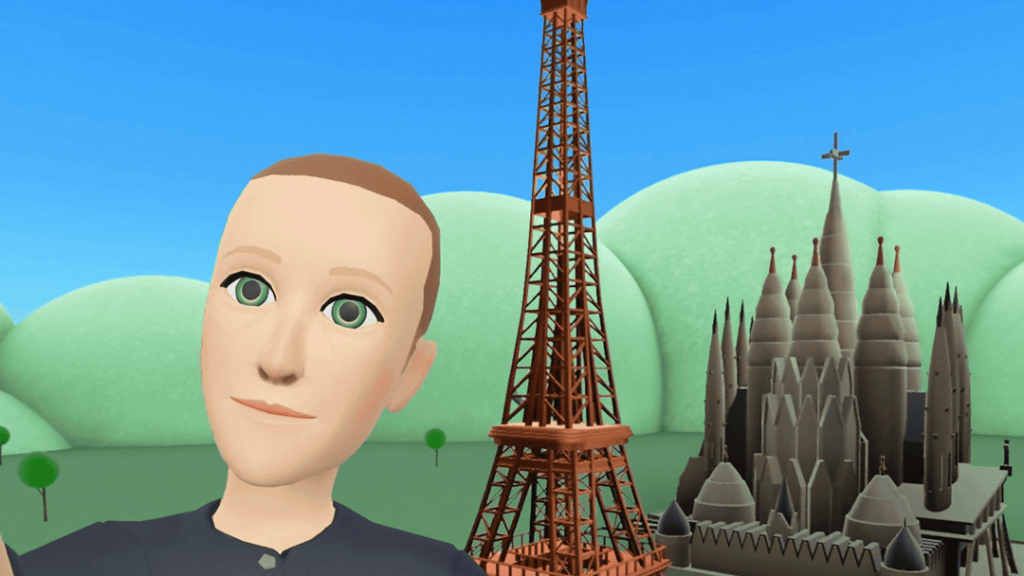
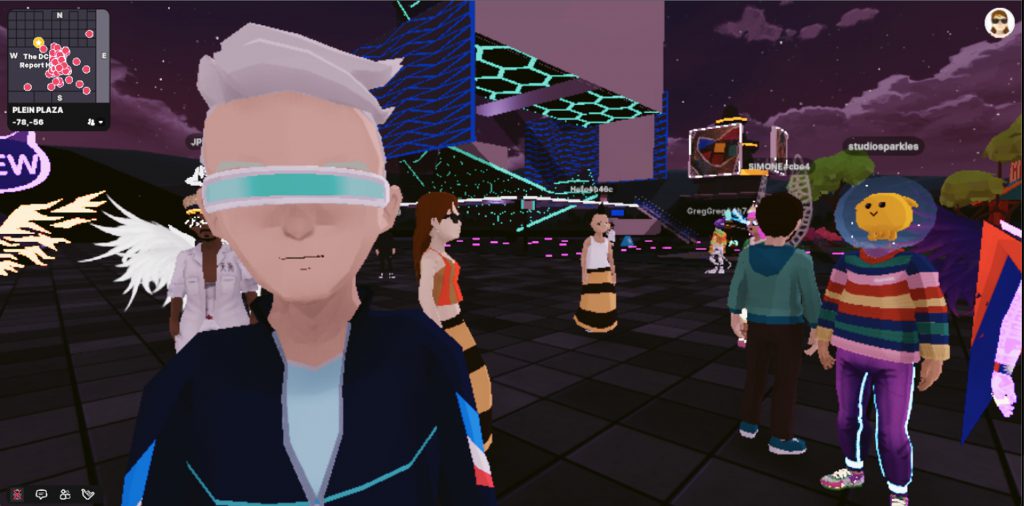
This is not to say that augmented reality (AR), mixed reality (MR), and virtual reality (VR), collectively known as XR, have no purpose at all. Often, XR does deliver immense value. But it does so in the context of niche or stand-alone applications rather than in the context of the connected and full-bodied metaverse that we have been promised.
The proof
For evidence of this sober reality, consider the numbers.
Magic Leap, an XR pioneer and darling of Silicon Valley, aimed to sell 1,000,000 units of its product in its first year. It eventually settled on a more conservative projection of 100,000 units. Then it reportedly sold just 6,000 units.
Microsoft’s revolutionary HoloLens has not become as ubiquitous as many had hoped. But HoloLens 2 was released three years ago. Sales numbers are not public. But considering the lack of updated hardware, sharp decline in marketing efforts, and departure of many HoloLens heavyweights, it is clear that the program is now a much lower priority for the company than it was from 2015 to 2019 and that lackluster sales are most probably the reason. Yes, HoloLens is the most successful device of this kind and has strong applications. But it does not yet enjoy the mass adoption that was predicted for it.
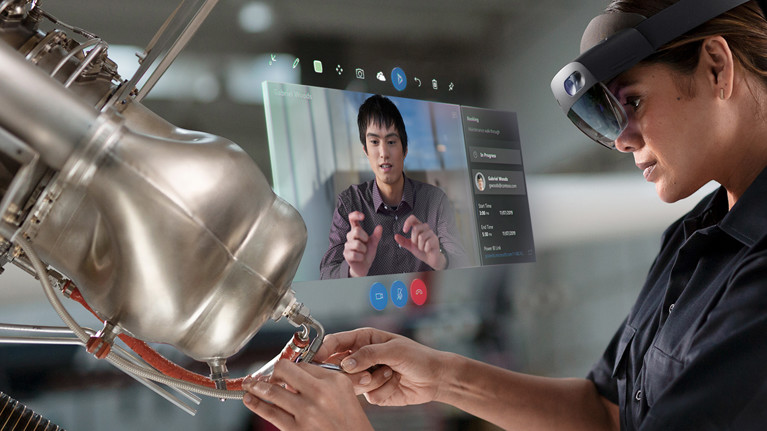
According to the International Data Corporation, worldwide VR shipments reached 11.2 million units in 2021. Sounds impressive, until we put it in context. In 2021, 210 million TVs were shipped, even though most people already have more than one television. Apple sold 240 million iPhones even though many of us already have one . So VR sales are still nowhere near the level that would suggest the existence of even a primordial metaverse.
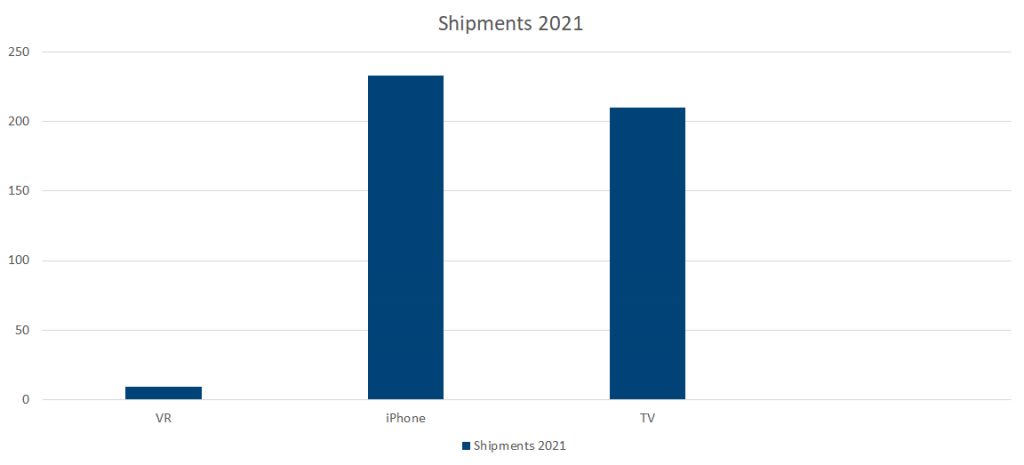
The failure of big ideas
Big companies and investors bet on big ideas to conquer big markets. In XR, so far the big ideas have been failing. So the metaverse is struggling.
Magic Leap sold the idea of disrupting computing as we know it. It failed and had to pivot hard. The maker of an augmented reality headset, Meta (not the parent company of Facebook) sought to replace desktops. The firm had to shut down. In 2021, the Meta that is the parent company of Facebook spent $10 billion to build a metaverse. All it can show for its efforts is a few modest developments, like Horizon Worlds, which resembles a simplified and facelifted version of the 2003 multiplayer game Second Life.
Without an underlying reason for being, all of these big ideas for the metaverse eventually seem to wither. The expectations have simply been unrealistic.
Consider Mark Zuckerberg’s announcement of the new name for Facebook’s parent company, Meta, an announcement attended by description of Meta’s vision for the metaverse.
It sounds as if Zuckerberg expected to stun us with a bold vision of the future. Instead, the vision he presented was uninspiring, bland, limited, at times borderline creepy. Yet this is the best that the best minds at Meta could come up with. This is what Meta is sinking billions into. So far, Meta’s metaverse is not even a solution in search of a problem. It’s fueled only by the desperate hope that it will somehow create something of value, perhaps by accident.
The success of purpose
Despite the failures of so many big ideas, XR is thriving. It is not growing as briskly and robustly as many hoped or expected, but it’s growing. This growth is driven by relatively small players pursuing specific, relatively narrow purposes.
RealWear makes a somewhat bland-looking heads-up display. But in large part because the company targeted highly specialized niches, the product it created does the job really well. Forty-one of the Fortune 100 companies are using RealWear devices to improve “operational productivity and safety”. RealWear succeeds by helping people like producers in the oil and gas industry to get stuff done. Instead of daydreaming about the Matrix, RealWear helps solve known problems by providing hands-free access to relevant information.
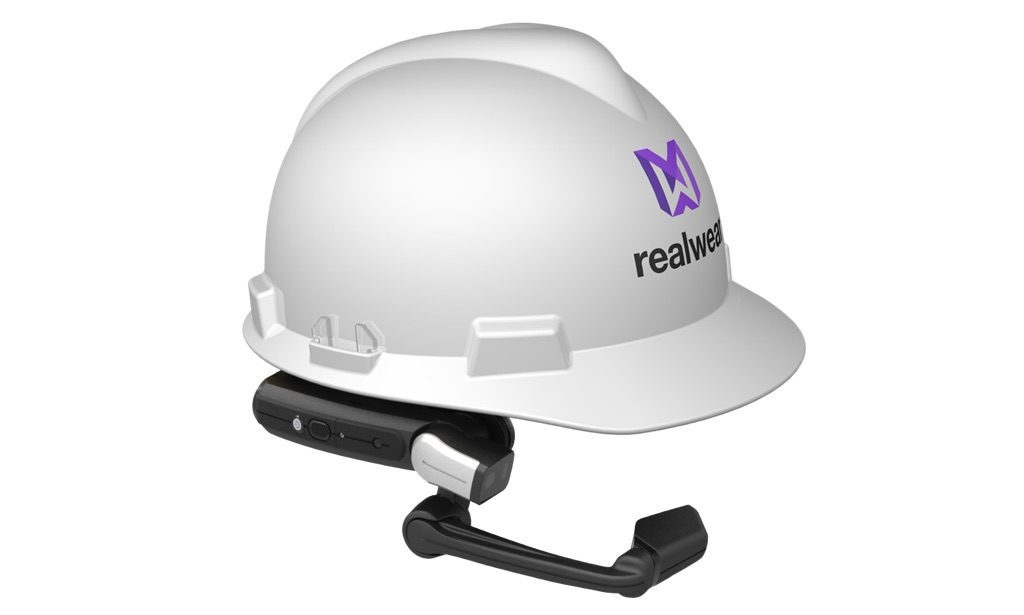
Another example of a successful XR application is vGIS. The company that produces the platform, vGIS Inc., certainly hopes that vGIS will eventually be a must-have tool at every construction site and in every public utility company, among other settings. But the company currently targets only those niches in which customers can get instant return on their investment in engineering-grade augmented reality by using vGIS to reduce errors, streamline tasks, and improve productivity.
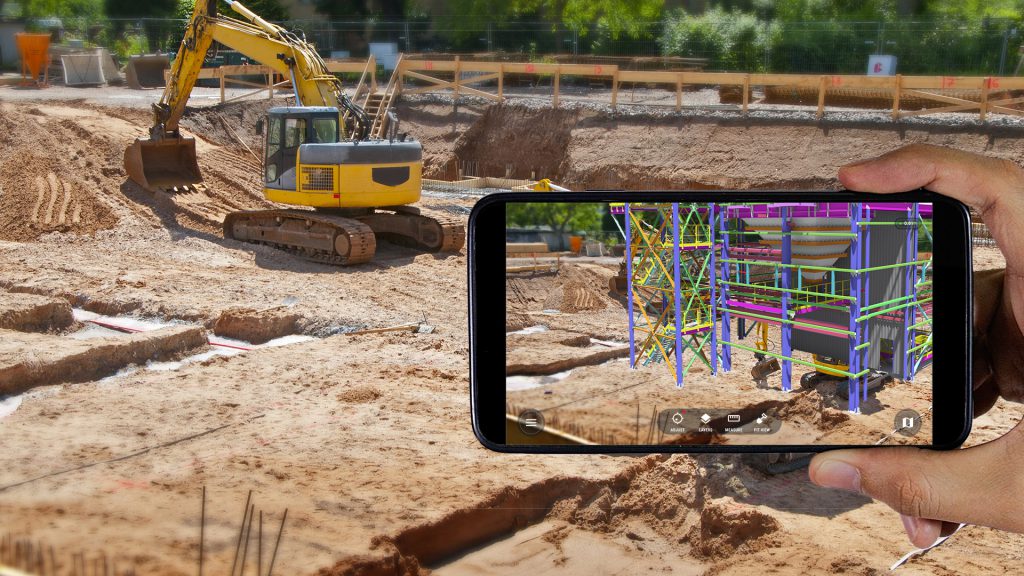
Many VR-based training packages that target highly specialized areas—from machine maintenance and safety drills to combat simulations—have enjoyed great success. Axon Park reports that VR-trained students show “a 250% improvement in their ability to accurately complete a safety procedure” and “retain nearly 80% of what they learned when tested after one year, whereas students who trained using traditional methods retained only 20% a week after being tested.” Moreover, VR training is substantially faster and cheaper than traditional training methods.
Can we even build the metaverse?
We can. But it will take time, more time than Meta and others have been estimating. It may be very different from the futuristic CGI notions of the metaverse that we’re used to seeing. But we can expect some form of this digital environment to emerge in our future.
Like the Internet, the metaverse will probably be a dynamic ecosystem and spontaneous order composed of many different technologies, actors, and purposes. It won’t be the expression of a few big ideas but rather of countless developments as everybody involved builds on the technological accomplishments of everybody else.
Getting to the metaverse will take time – Gartner estimates that the Metaverse is more than ten years away. There will be false starts and dead ends . But there are things we can do right now to bring the metaverse closer to reality.
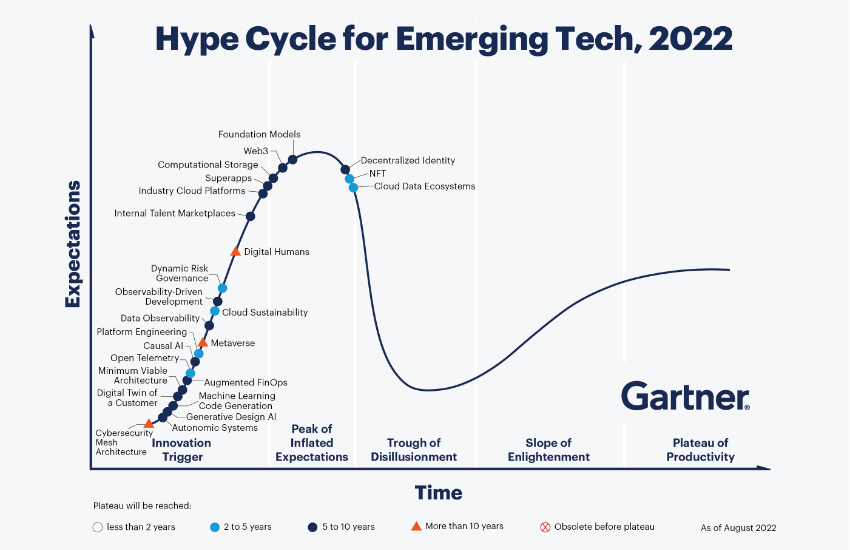
Steps to increase adoption of XR
The success of the metaverse depends on the success of many subsidiary or constituent elements. Bit by bit, companies around the world are developing the next-generation technologies that will, if all goes well, eventually serve as the building blocks of the metaverse ecosystem. So instead of spending billions to create a 2022 version of the Second Life virtual world of 2003 in hopes that a needlessly cumbersome experience will replace Zoom and MS Teams, companies should invest in technology that enhances the XR ecosystem that exists right now. The XR world of today will then eventually give way to the metaverse of tomorrow.
Providing immediacy
One of the most important features encouraging adoption of XR technology is the immediacy of the XR experience. If and when a fully immersive metaverse arrives, it may make sense to prepare for multi-hour or even multi-week digital immersion by climbing into a chamber or squeezing into a suit. Until then, the XR experience should be instant.
I’m a big fan of the Microsoft Surface device . I’ve used every generation of the Surface. Even so, my top-of-the-line Surface has been sitting in the drawer for almost two years, neglected . It’s simply too slow. The Surface is powerful. But it is not fast. It takes time for everything: waking up, processing a login, opening apps, downloading email. In the seconds it takes for the Surface just to get going, Android or iOS are already letting me do everything I want to do, giving me the same information frictionlessly. For the same reason, I also prefer my stationary desktop to the highly portable Surface. The desktop is always on , and everything I need is instantly at my fingertips.
Contemporary XR devices have the same problem. Consider the Microsoft HoloLens. Every step takes time: waking up, loading Windows, launching apps. By the time an app launched on HoloLens can begin to work, the job could already have been done by other means. The lags severely limits the applicability of the HoloLens. It’s worth using only when it makes sense to wait, which is not that often.
Although there are no good statistics on how many users feel that the delays are a significant problem, our own observations suggest that most users really don’t want to wait for HoloLens or Magic Leap to churn through a lot of steps before they can get the information they want from it. On average, we touch our smartphones more than 2,500 times a day , unlocking it as often as every five minutes when we are using it most. Immediateness of response is what makes such heavy usage possible. In our tests at conferences, we kept vGIS AR constantly running on HoloLens 2, and our demonstration was a massive success . . . but only because nobody had to turn anything on. All anyone had to do was put on the HoloLens, and the information was there, ready to use. So attendees were constantly giving it a try. Between sessions, though, when the device was off, only first-time users had the patience to lumber through all steps. When novelty fades, so does patience.
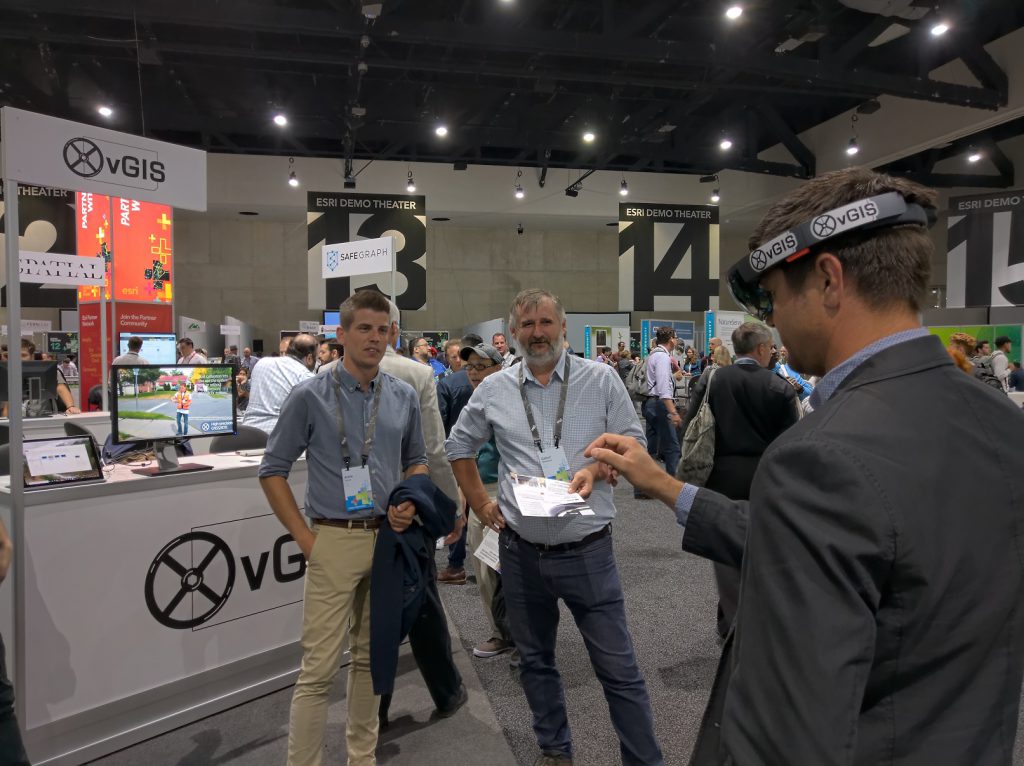
To be competitive, XR devices must be just like smartphones: always on, never requiring setup or wiring. They should be as easy to put on and take off as sunglasses. Even more important, by the time the user puts them on, the devices should already be functioning and ready to inform. Until XR devices achieve this capability, phones, tablets, and always-on desktops will continue to be the better alternative.
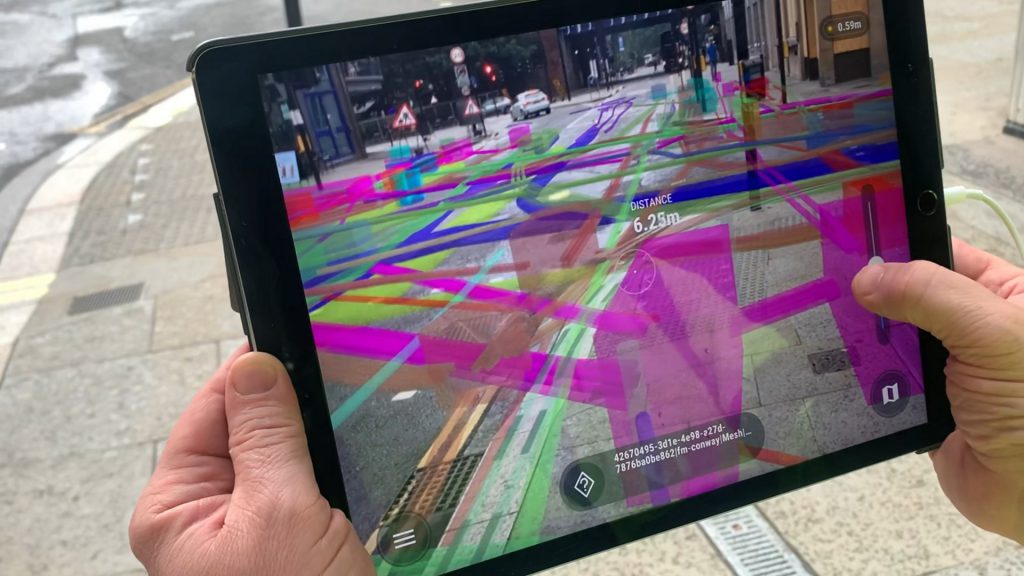
Expanding the range of operating environments
Currently, VR devices are limited to controlled and safe environments like offices or specially designed areas. MR devices can be used in dynamic settings, but their usability is limited by glare; on sunny days, the see-through screens of MR devices produce images that are barely visible. Increasing the brightness is not an option, for doing so can cause eye damage. Blocking out part of the screen dynamically, as Magic Leap 2 does, is a creative way of coping with the problem. But it’s a stopgap, not a full solution.
Such limitations confine both VR devices and MR devices to relatively few environments. Pass-through VR devices, expected to function as VR headsets that provide a view of the external world through mounted cameras, may prove to be a viable alternative. The screens of a pass-through device can produce high-contrast images under any light conditions, ranging from the brightest sunlight to complete darkness. When it’s dark, night-vision sensors come into play.
The technical challenges to be ironed out include making sure that the video feed is consistent and lag-free and that it can withstand app crashes and other unexpected events without being interrupted. Assuming that the challenges can be overcome, these devices will expand the range of viable operating environments, making XR instantly practical for many tasks that cannot be handled by current AR or MR devices.
Improving location accuracy
Useful XR requires perfect matching of information with the physical locations that the information is about. For example, when receiving interactive instructions about machine maintenance, schematics need to point the user to an exact part, not to somewhere in the void. When a user is dealing with a digital twin at a construction site, the digital elements must correspond exactly to how physical elements are placed in the physical world.
Such high accuracy requires much more than what current consumer devices can offer. A typical phone provides accuracy of 3 meters to 50 meters (about 10 feet to 150 feet), which means that your AR visuals can be up to 50 meters away from the corresponding physical location. Various tools and techniques can improve positioning, including spatial anchoring and edge matching . At vGIS, we have developed external positioning devices to get accuracy up to one centimeter outdoors and indoors. But the specialized equipment required to obtain such accuracy comes with a price tag and takes a few seconds to initiate.
To be more generally adopted, XR must provide accurate and instantaneous centimeter-level location tracking indoors and outdoors and without costly external equipment.
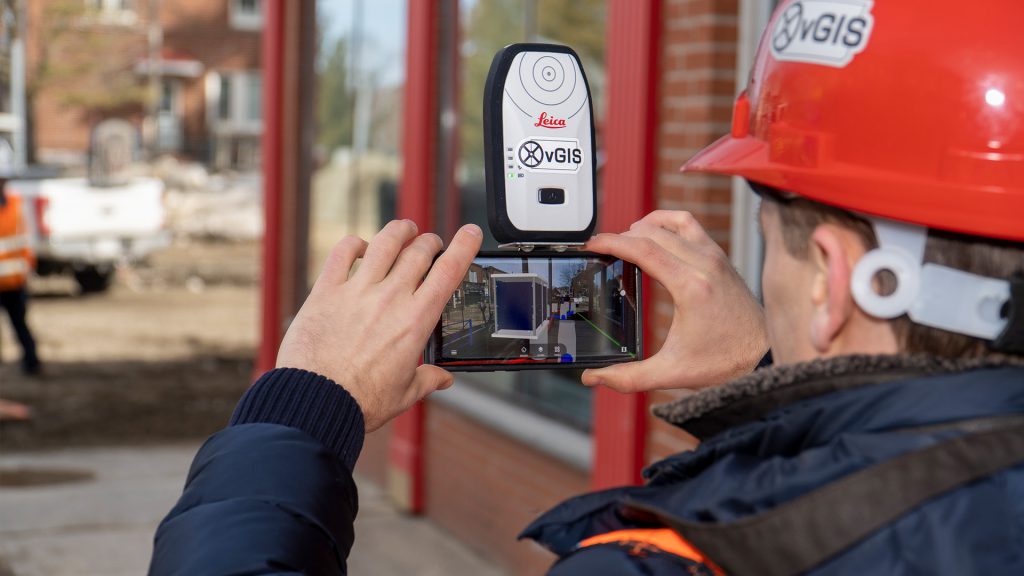
Digitizing content fast
Creating 3D models, 3D scans, digital scenes and the like for digital worlds is time-consuming and resource-consuming. Enhancing existing technologies that can digitize the complexity of the real world to create digital environments is more efficient and promising than trying to fashion many of the building blocks of the coming metaverse from scratch.
Conclusion
Tech titans dream big dreams that they can pursue by investing billions in research and development. But until XR becomes a regular part of our lives, the metaverse will still be just a mirage on the horizon. Solving the immediate problems of XR will make it possible to improve and expand its applications while simultaneously developing the technology that will one day shape the metaverse. Let the big players take a page from the Microsoft playbook. Instead of trying in one fell swoop to craft a giant finished end-product—the fully realized metaverse itself—let them provide components like MS Azure services designed for XR that help current developers of XR twin. Let them take the intermediate steps first.
